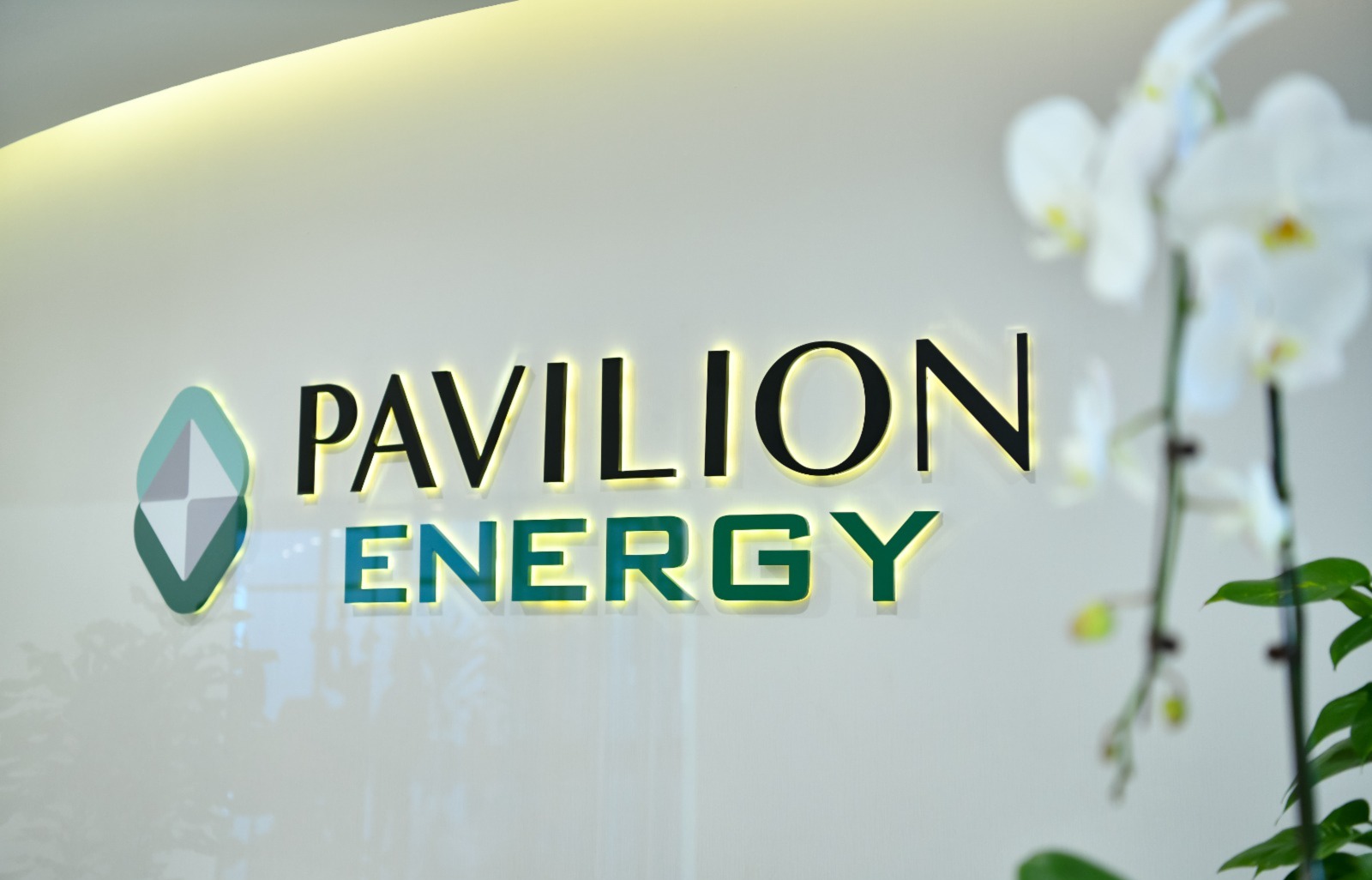Pavilion Energy plans to start providing small-scale liquefied natural gas (LNG) solutions in South-east Asia, and has already started discussions with several partners in markets such as Indonesia and the Philippines.
Its chief executive officer, Seah Moon Ming, said this on Wednesday as he outlined a trend towards small-scale LNG solutions in recent years.
In the past five years, 65 per cent of all contracts were signed for volumes below one million tonnes a year, he said. Some European terminals have also started to offer LNG bunkering, truck loading, re-exports and small-scale services, such as the Gate terminal in Rotterdam which will offer break-bulking services next year.
"Unlike the US or Europe, South-east Asia has numerous small and remote islands, of which many are permanently inhabited and require power," said Mr Seah. Hence, using small vessels of 10,000 cubic metres in capacity - carrying about 0.05-0.5 million tonnes a year of LNG - to make deliveries across various locations would make sense, he added.
As small-scale LNG services - seen mainly in Japan and Europe now - gain prevalence across the world, it would make available natural gas for users not connected to pipeline networks, and increase flexibility in terminal operations, allowing for greater penetration of LNG into previously unreachable markets. It also increases demand for natural gas, and lowers the barriers of entry into the LNG export market, said Mr Seah.
"Markets are opening up to small-scale LNG solutions, and some governments have expressed their support for this initiative. Next steps include having governments align interests with the industry and put in place the much needed regulations and policies that can help promote and support small-scale LNG as a supply solution."
Since its launch in 2013, Pavilion Energy, a unit of Temasek Holdings, has taken a stake in gas fields in Tanzania, secured LNG supply from the United States and also signed various portfolio LNG supply contracts. It is now working on an LNG bunkering trial and licence as well.
"Pavilion Gas believes in the future of LNG bunkering in Singapore," said Mr Seah, noting that more than half of global LNG supplies - or 2,000 cargoes a year - pass near Singapore, and that there is currently no LNG-fuelled ship in South-east Asia. "In time to come, by having LNG bunkering services in Singapore, we will be able to act as a refuelling station for Southeast Asia and promote both the use of international and regional LNG ships in Asia."
Mr Seah, who was the keynote speaker for the 7th LNG Asia Pacific Summit, observed that most buyers have adopted a "wait and see" attitude and are not willing to commit to long-term large-volume purchases after the fall in oil prices led to lower spot LNG prices.
"As a result, we are seeing more of short-term sales rather than long-term contracts" and many buyers are turning to the spot market to supplement their supply, resulting in higher spot volumes, he said.
At the same time, gas demand in China has fallen due to "over-aggressive" industrial price hikes last year, slowing economic growth and efforts to move towards a service-based economy. Japan and South Korea - the two largest LNG importers in the world - have also increased focus on renewables, clean coal and nuclear energy. This, coupled with new LNG supply from the US and Australia, has resulted in an oversupplied market in the near term, he said.
Nonetheless, Mr Seah is optimistic on the long-term view for global LNG demand-supply dynamics: "Global LNG demand will rise, as countries and governments come to realise the importance of balancing economic and environmental objectives."
China and India will contribute most to demand growth, accounting for 49 per cent of total growth from 2015 to 2020 thanks to urbanisation and increasing peak power demand, he said, quoting numbers by energy consultancy Wood Mackenzie.
LNG demand in South-east Asia will also rise as current exporters of LNG such as Malaysia and Indonesia may end up being net importers one day given increasing domestic demand, he added.






